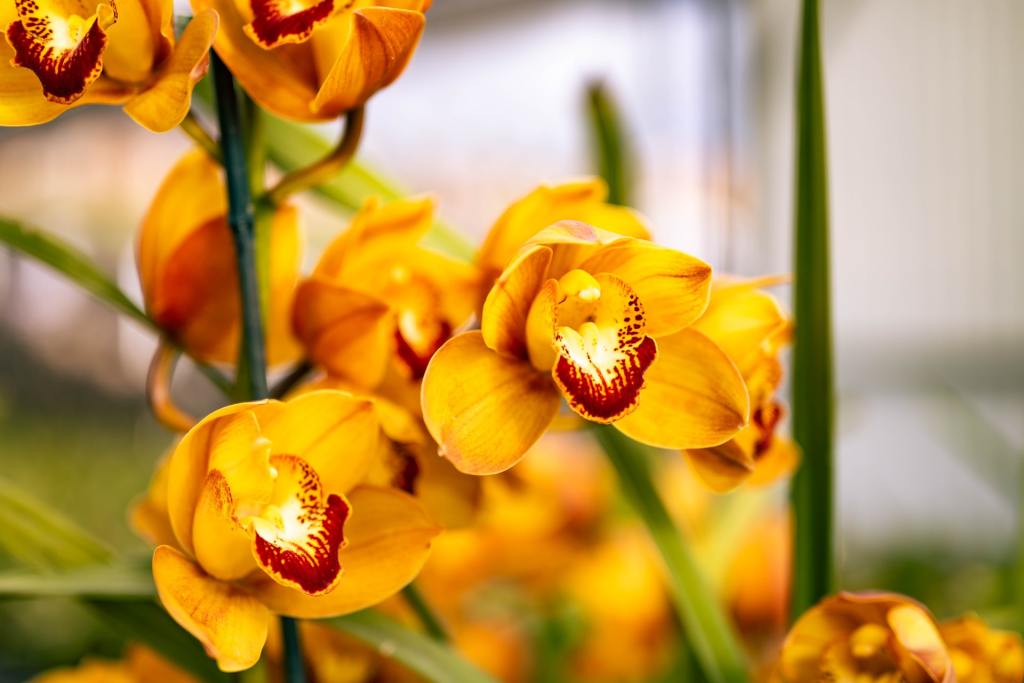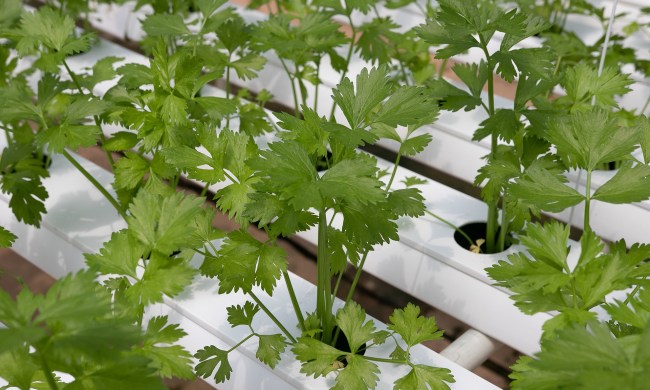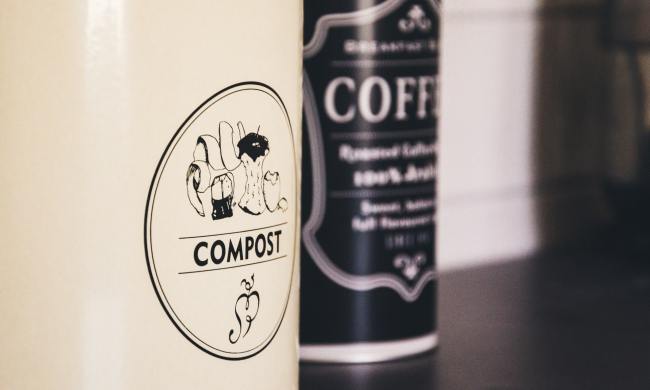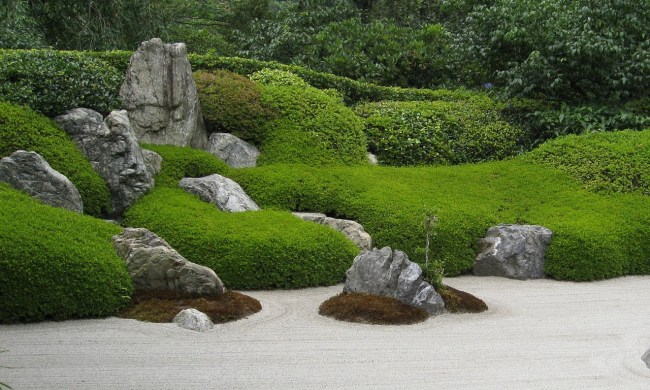There are just some plants that are more intimidating than others. Among those are bonsai trees, fiddly fig trees, and orchids. Although one of the most beautiful flowering plants seen in homes, orchids can be a bit finicky. If you love the colors and stunning features of an orchid but have always been too scared to try them yourself, now’s the time!
Here we’ll dive into some of the easiest orchids to grow that are ideal for beginners, but still have that classic orchid look.
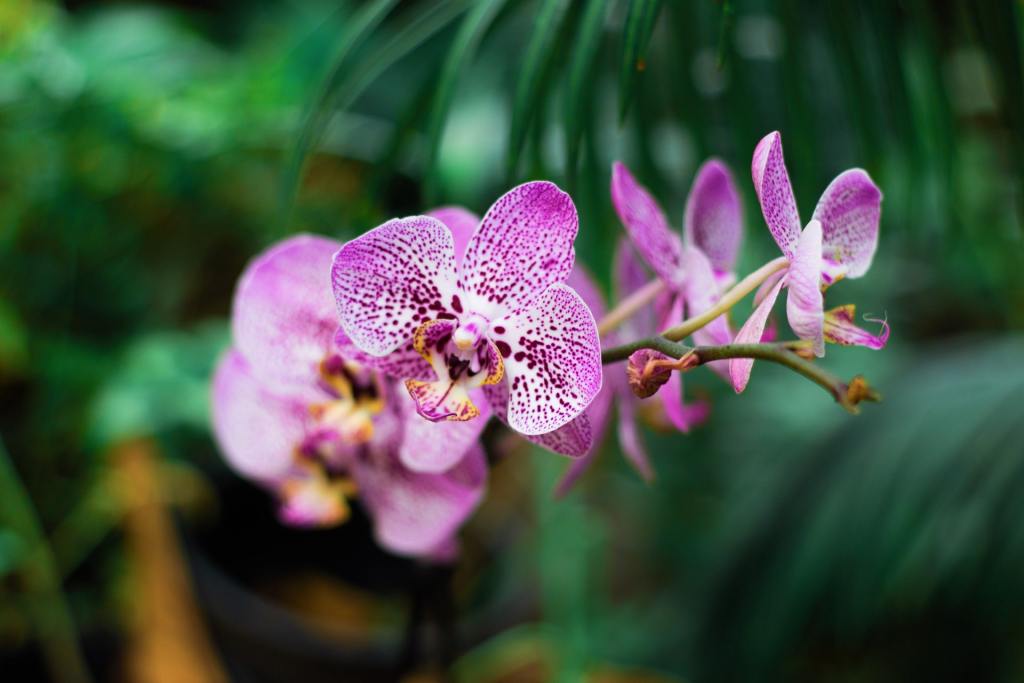
Moth orchids
While some orchids can be a bit of an investment, moth orchids are the most common and affordable orchid varieties. They are also some of the longest blooming. A bloom from a moth orchid can last up to four months and come in a wide range of colors including white, pink, red, green, yellow, orange, and purple.
Keep moth orchids in temperatures between 50 and 75 degrees and feed them monthly with a fertilizer made specifically for orchids. This will allow the plant to bloom more and for more extended periods. They like almost any amount of light but will thrive in medium to high. However, avoid direct sunlight since orchids easily burn.
Oncidium orchids
Oncidium orchids are sometimes called dancing lady orchids, and they come in some bright and fun colors. These colors range from yellow, red, pink, white, and even purple. They often have markings with contrasting colors, making them an eye-catching and unique option. These types of orchids also bloom in clusters of smaller flowers of 50 or more.
They do best in medium or bright indirect light and will bloom better and longer if provided with monthly feedings during the spring and summer. Keep them between 50 and 75 degrees and water them weekly.
Cymbidium orchids
Coming in a wide range of colors — including yellow, red, pink, orange, light green, yellowish-green, white, cream, and brown — cymbidium orchids are a favorite for indoor growing. Their blooms can last up to three months. To encourage more blooming, you can fertilize every month during spring and summer. Water these orchids weekly and keep them in temperatures around 50 to 70 degrees. They can even be brought outside during warmer months to bring some color to a deck or porch. Just be sure to keep them out of direct sunlight.
Lady’s slipper orchids
Most orchids are desired for their blooms, and while Lady’s Slipper Orchids have stunning flowers, their variegated foliage makes them a beautiful plant even when they aren’t blooming. The blooms on Lady’s Slippers are large and have a big pouch-shaped pedal — hence their name. They typically come in pink and white or yellow, but they also have a more rare plain white variety.
As with most orchids, water this variety when the soil starts to dry out and fertilize them monthly during the spring and summer months. Keep them out of direct sunlight and within a temperature range of 50 to 70 degrees.
Lady of the night orchid
This uniquely shaped orchid is pollinated by moths and has a striking, bright-white bloom. Their fragrance is more potent at night, and unlike other orchids, they will bloom multiple times a year. You can encourage the plant to bloom by not watering it for a few weeks, but other than that, keep it watered when the soil begins to dry out. It prefers cooler nighttime temperatures and grows well in a container where the evening temperature is 10 degrees cooler than during the day.
‘Rose Dawn’ slipper orchid
This orchid likes to match its surroundings by producing rosy blooms in the spring and whiter blooms in the winter. “Rosy Dawn” orchids don’t want to dry out between waterings, so be sure to keep them moist. Again, avoid direct sunlight, find a shady low light spot, and these orchids will thrive. If you’re wondering if it’s getting too much light, check the leaves. If they show a red tinge on the edges, you need to move the orchid to a shadier spot.
Phalaenopsis gigantea
As the name might suggest, these orchids not only have stunning spotted blooms, but their foliage can grow up to two feet long. The blooms have a cream background with reddish or brown spots. While most orchids are grown for their flowers, these impressive and massive leaves are the star of the show. They grow best in low light, and they like to be kept moist but not soaked.rm.
Orchids are a beautiful and alluring flower; it’s no wonder that many orchid lovers are obsessed and want to add any and all they can to their garden. Start your own collection with these easy-to-grow orchids and get hooked on their eye-catching beauty.
